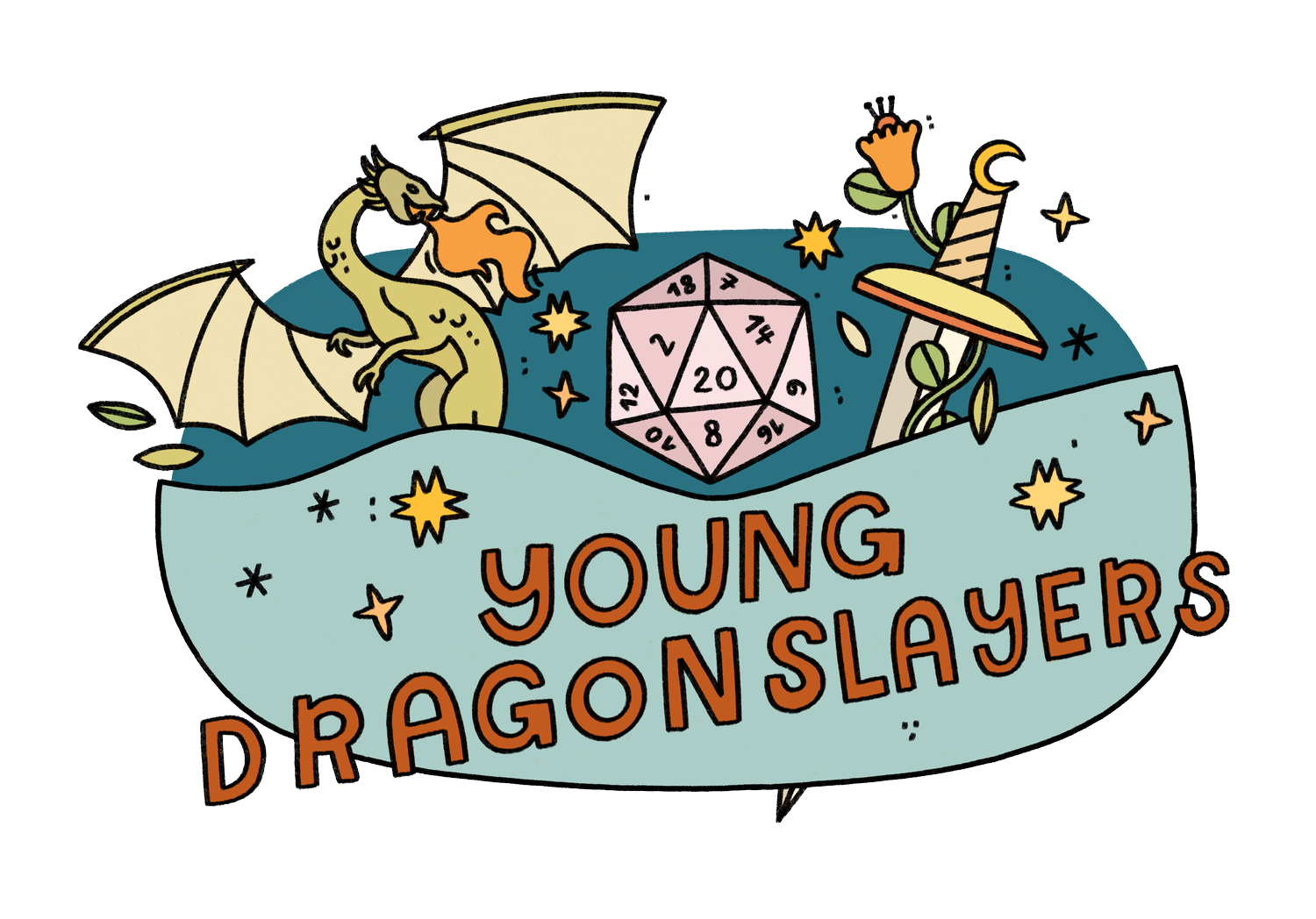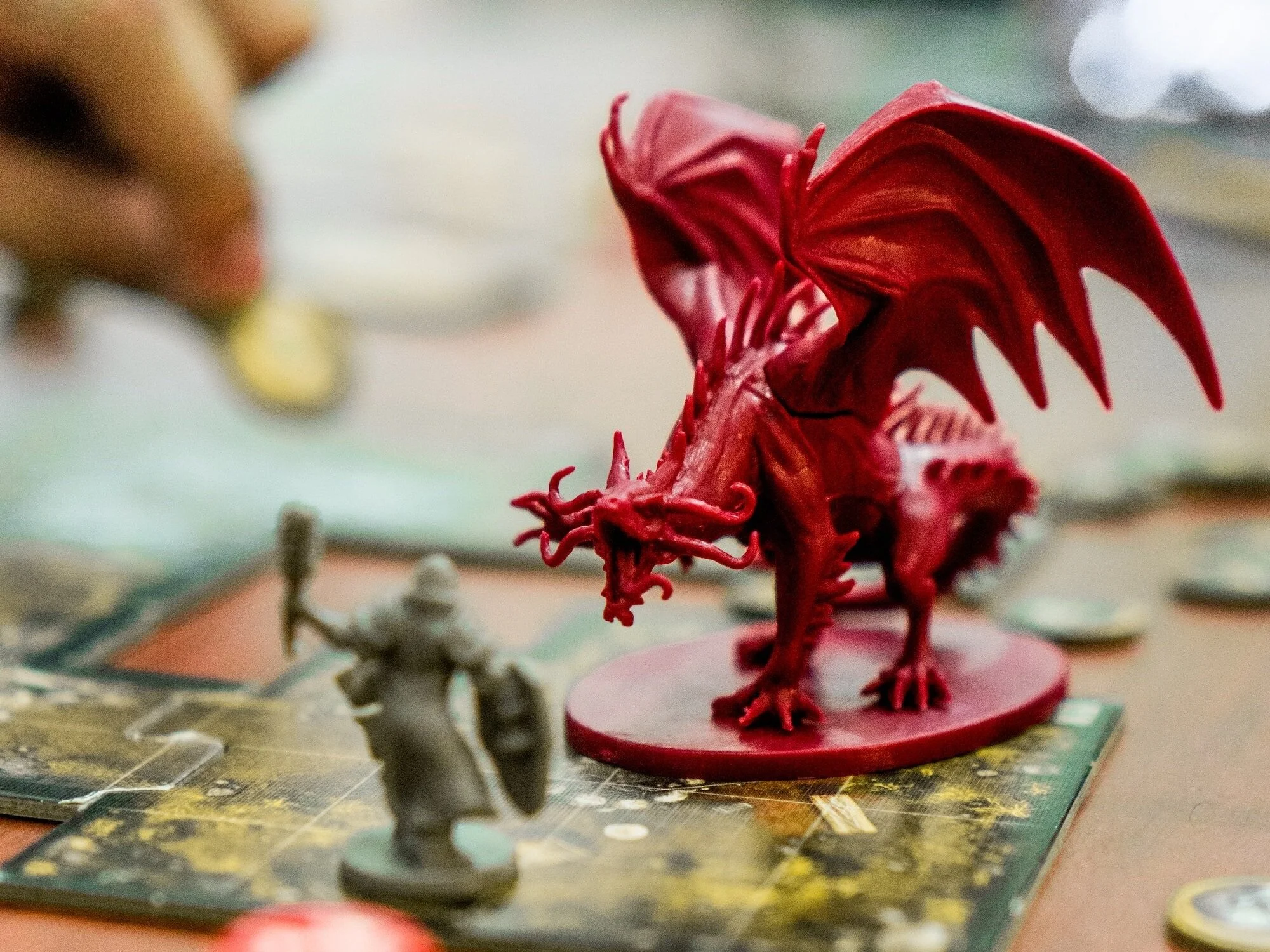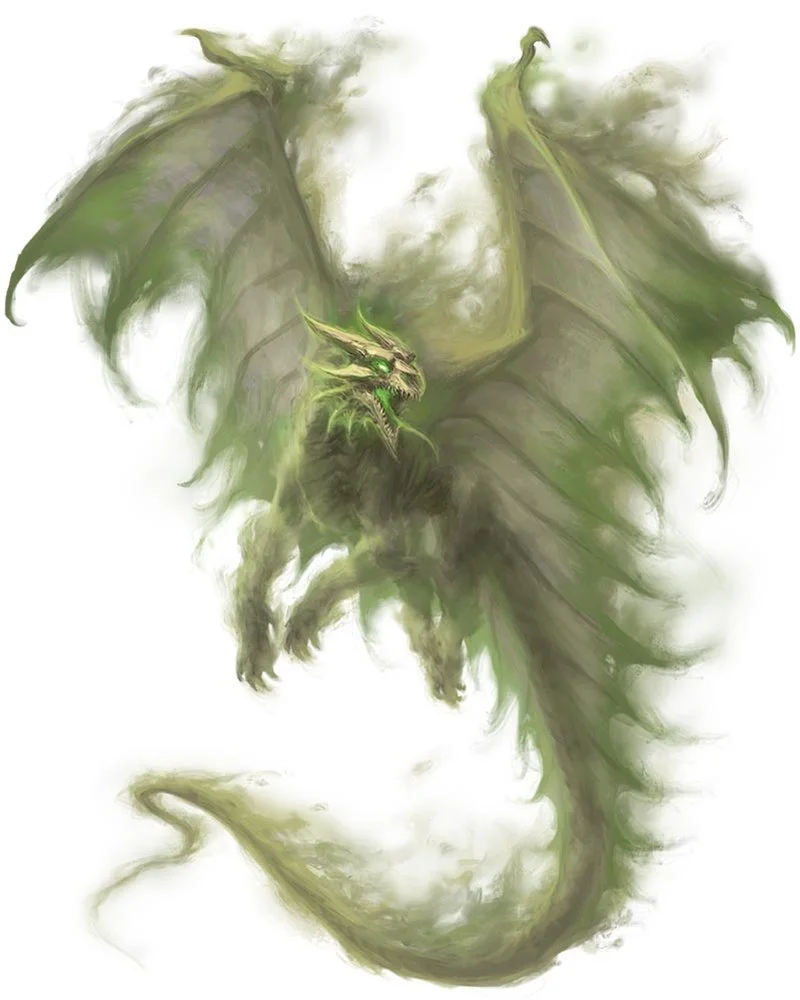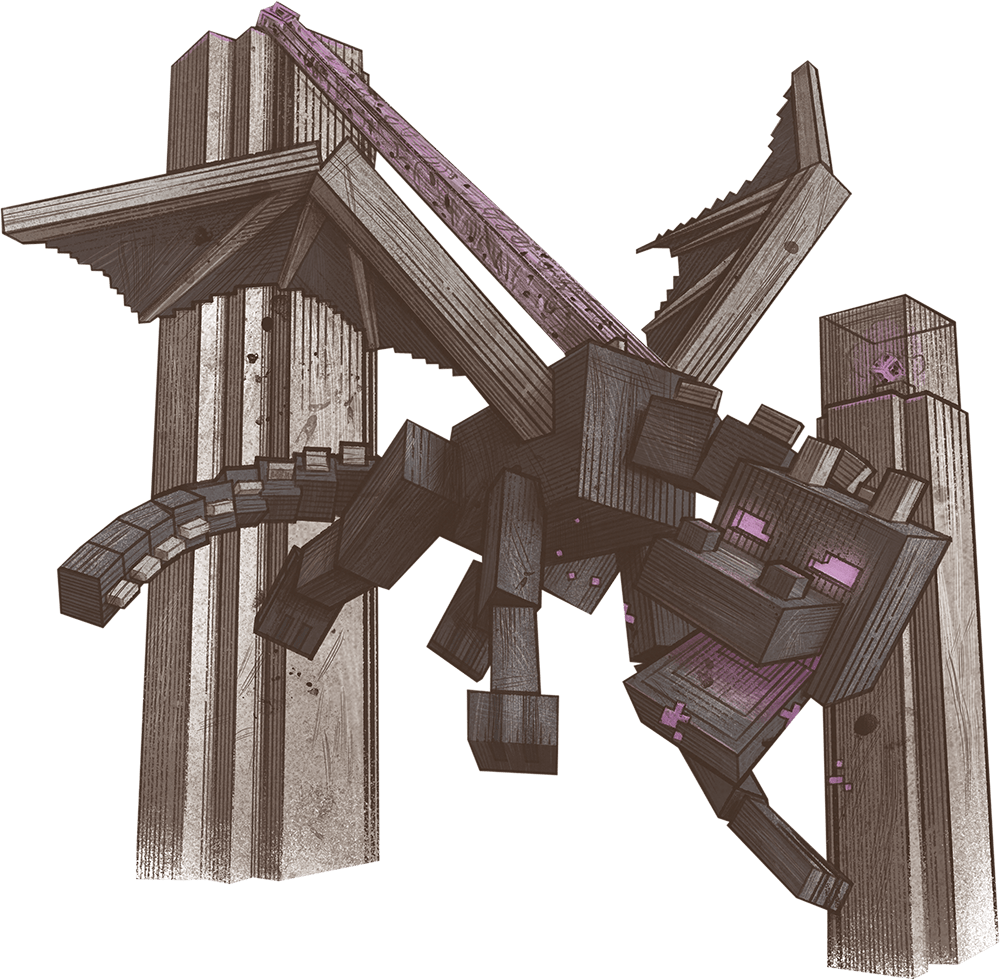Top 10 Dragons from Dungeons & Dragons
Dragons, as you might expect, are a huge part of D&D - you’ve probaby seen a big red dragon on more than one book cover! What you might not know is that there are all sorts of different types of dragons in the D&D world. Some come from the land of fairies, some from the realm of undead, and some from the minds of evil wizards. Each dragons has a different personality type, set of abilities, and lair where they make their home. In honor of the Year of the Dragon, we’ve selected 10 of our favorites to share with you (presented in no particular order - choosing only 10 was difficult enough)!
10. Red Dragon
The most well-known dragons in D&D are the Chromatic Dragons. These are typically evil creatures with a unique color and elemental breath weapon. They include the green, blue, black, and white dragons, but, for our favorite we had to pick the iconic red dragon. This creature breathes fire from its maw and makes its home in underground caves near lava flows and volcanic gasses. Red dragons keep obsessive track of every item in their hoard and become easily angered by threats to their power, territory, or treasure. Keep this in mind when dealing with red dragons - but know that their arrogance can be used against them!
9. Dragon Turtle
Though most dragons make their homes on land, dragon turtles reside in the oceans, often making a home along the ocean floor, among a coral reef, or by simply floating along the surface. They have an easygoing temperament (ideal for hapless sailors who often mistake the gargantuan creatures for solid islands), and they may even agree to help those who offer them food or treasure. But do be careful not to get on their bad side; they still carry the power of fire and can breathe scalding steam or become so hot they boil the water (and, potentially, the adventurers!) around them.
8. Ghost Dragon
Many dragons have a horde they protect, but some form such strong attachments that, even after they die, their spirits stay bound to their hordes as a ghost dragon. Like other ghosts, they are incorporeal, meaning they can move through pesky obstacles like walls and people with ease. They don’t keep the elemental breath weapon from their living form, but instead breathe a shadowy mist that can deal terrible cold damage and induce waking nightmares, causing even the strongest adventurers to be paralyzed with fear. Take from a ghost dragon’s horde with caution!
7. Chardalyn Dragon
The immutable chardalyn dragons are not born, but made. To create one, a powerful mage forms a body from pieces of chardalyn, a crystalline substance as strong as metal, and fills it with demonic magic. Because they’re constructs, these dragons don’t need food, sleep, or even air. They also can’t be charmed, exhausted, frightened, paralyzed, petrified, or poisoned (which is sensible - have you ever tried poisoning a piece of metal?). Chardalyn dragons can use their armor plating to smash through buildings and their evil magical aura to turn people against each other. If you’re ever to battle one, you may find yourself fighting your friends instead!
6. Gold Dragon
In addition to Chromatic Dragons, D&D also features Metallic Dragons. Named for their metallic scales, each one has multiple breath powers, can polymorph into a humanoid or beast, and are typically good-aligned. While metallic dragons include the brass, copper, bronze, and silver dragons, our favorite are the gold dragons, introverted creatures who dedicate themselves to stopping evil wherever it resides. Gold dragons often use their polymorph abilities to disguise themselves as humans or animals, doing small acts of kindness and bits of good - many people in the world D&D have been helped by a gold dragon, but might never know it!
5. Hollow Dragon
Sometimes a metallic dragon finds and commits to a noble purpose, like keeping an oath or protecting a magical weapon. To continue pursuing this purpose, dragons sometimes transform into an undead creature, similar to a vampire or a lich. But they become hollow dragons, keeping their metallic form, but filling it with radiant energy. When killed, a hollow-dragon body break into pieces. But if you think that means you’ve bested a hollow dragon, think twice! If the pieces (tail, torso, or any of its arms, legs, or wings) are within a few miles of each other, they will teleport back to the head in a few days’ time, restoring the dragon to life (and full HP)… just like a particularly annoying video-game boss.
4. Sapphire Dragon
The elemental Inner Planes of D&D contain the gem dragons, psychically powerful creatures that include the amethyst, crystal, emerald, and topaz dragons. Our favorite of the bunch, however, has to be the sapphire dragon. Like the others, they can cast spells, but they’re the only gem dragons with natural telekinetic powers (the tail and horns of these sapphire dragons aren’t actually attached to their bodies, but levitate above them)! These war-hungry dragons can also hurl objects at their opponents using the power of their minds. Good luck trying to get a good hit in; they can climb surfaces like a spider, burrow or meld through solid rock, and even teleport!
3. Deep Dragon
The underground world of D&D is known as the Underdark, where dark elves, rock gnomes, and duergar reside. But it’s also home to terrible creatures like beholders, aboleths, and the crafty deep dragon. They are clever creatures that can manipulate others using their high intelligence (and their ability to transform into smaller creatures). Deep dragons prefer using their wits to using their brawn, but, when they need to, they can be quite powerful in combat. They breathe powerful spores that can deal psychic damage, cause dreadful poisoning, or even cause party members to attack one another!
2. Moonstone Dragon
The moonstone dragons reside in the Feywild, the fairie realm of D&D. Much like other Feywild creatures, moonstone dragons are playful and mischievous. They have the ability to enter the dream world. They occasionally use this power towards silly ends, but more often they use it for good, inspiring creativity, art, and heroism in those whose dreams they visit. Moonstone dragons don’t often cause trouble, but if you enter their lairs, be warned. You may find yourself subject to puzzling visions, compelled to dance to music only you can hear, or even banished into the world of dreams yourself!
1. Ender Dragon
Yes, you read that right, the ender dragon! Though they don’t technically exist within the D&D universe of the Forgotten Realms, this powerful boss has 100% official D&D stats from the Minecraft x D&D Monstrous Compendium. Much like in Minecraft, the ender dragon has purple eyes, black scales, and flies around the End. It has powerful wings and a putrid breath weapon that deals necrotic damages and summons damage-dealing gaseous cylinders. In D&D games, if you defeat the ender dragon and get the dragon egg, you can sell it for a whopping 5000 gold pieces!
Need More Dragons in Your Life? Join Us for D&D.
A creature coming from a realm outside of “official” D&D has never stopped us from using them in our games - in fact, we love to take inspiration from the media our young players love, from Minecraft to Totoro to Zelda - and beyond.
Here at Young Dragonslayers™, we run D&D games for geeky tweens and teens; each game is custom-built by one of our Dungeon Masters to fit the interests of the players. If you’re curious what these games look like, sign up for the waitlist and we’ll get you the information you need when enrollment for our next quarter approaches!











